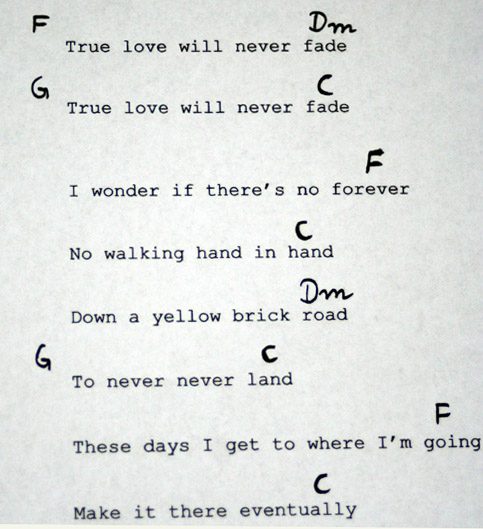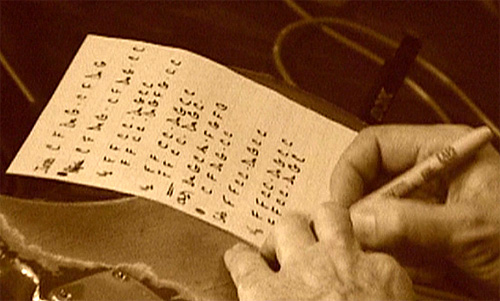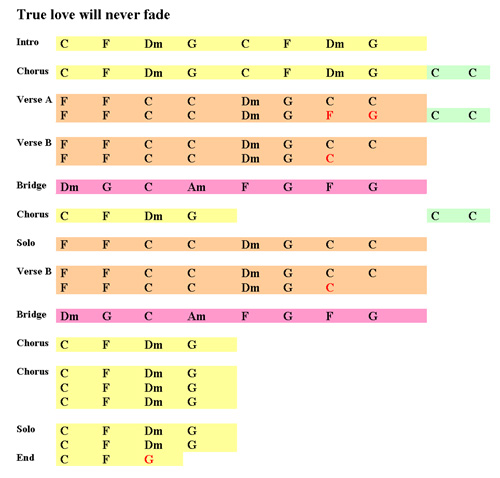Two interesting live clips of Dire Straits Six Blade Knife
Jean-Francois wrote in a comment:
I didn`t know where to post this :
Somme years ago, I remember you talked on mKnews forum about Six blade Knife on 17/02/1979 in Cologne that has a longer solo in the middle than usual.
I`ve never heard it. It would be very nice from you if you could send it to me, or at least put it on your blog.
Also, I`ve never heard Six blade Knife from Split 85, but read great reviews about it (T.Molin or JVT). I know it isn`t complete, but I`m very curious to hear how it sounds.
Could you do to me(or to us) this favour please ?
No problem, here are audio clips from both. The first is from Cologne, February 17, 1979 – one day after the Rockpalast TV show. This was a radio broadcast for “WDR Nachtmusik” on Germany’s radio station WDR2. The broadcast was about 55 minutes and was recorded at the “Große Sendesaal” at WDR’s headquarter in Cologne – a room that had been well-known for radio concerts for some decades. Unfortunately they had some problems with hum from the lights so they decided to play without a proper light show (there was just a small audience).
I am not sure if it has to do with the right timing to fill exactly the given time frame, but Mark played the solo in the middle of Six Blade Knife longer than he normally did, and they started What’s the matter with you Baby differently (with a longer drum intro, something they did also in Rotterdam 1978 – another radio show).
There are a few different versions of this show around. There was a vinyl bootleg by the La Salle label which has the intro of Down to the Waterline but the last two songs are missing (a vinly LP only allowed about 45 minutes).The sound is alright but there are audible variations of the tape speed – in German we say “leiern”.
A few years later this concert was re-broadcasted and I recorded it myself on a tape cassette. The sound was good, but it was without the intro of Down to the Waterline and the last verse of Southbound Again. When I got my first CD writer, I made a CD-R from this tape and added the intro of the vinyl bootleg. I think this is still the version that is around among fans who collect bootleg recordings.
I also had a tape with the complete show (but in worse sound quality) that also had the end of Southbound Again, but this tape has disappeared somehow, I have not seen it for many years but I still believe it must be somewhere here.
The other Six Blade Knife clip is from Split, former Yugoslavia, April 25, 1985. This was the beginning of the Brothers in Arms show. They soon dropped the song so there are no further recordings of this different version. Unfortunately we only have an incomplete clip of it.
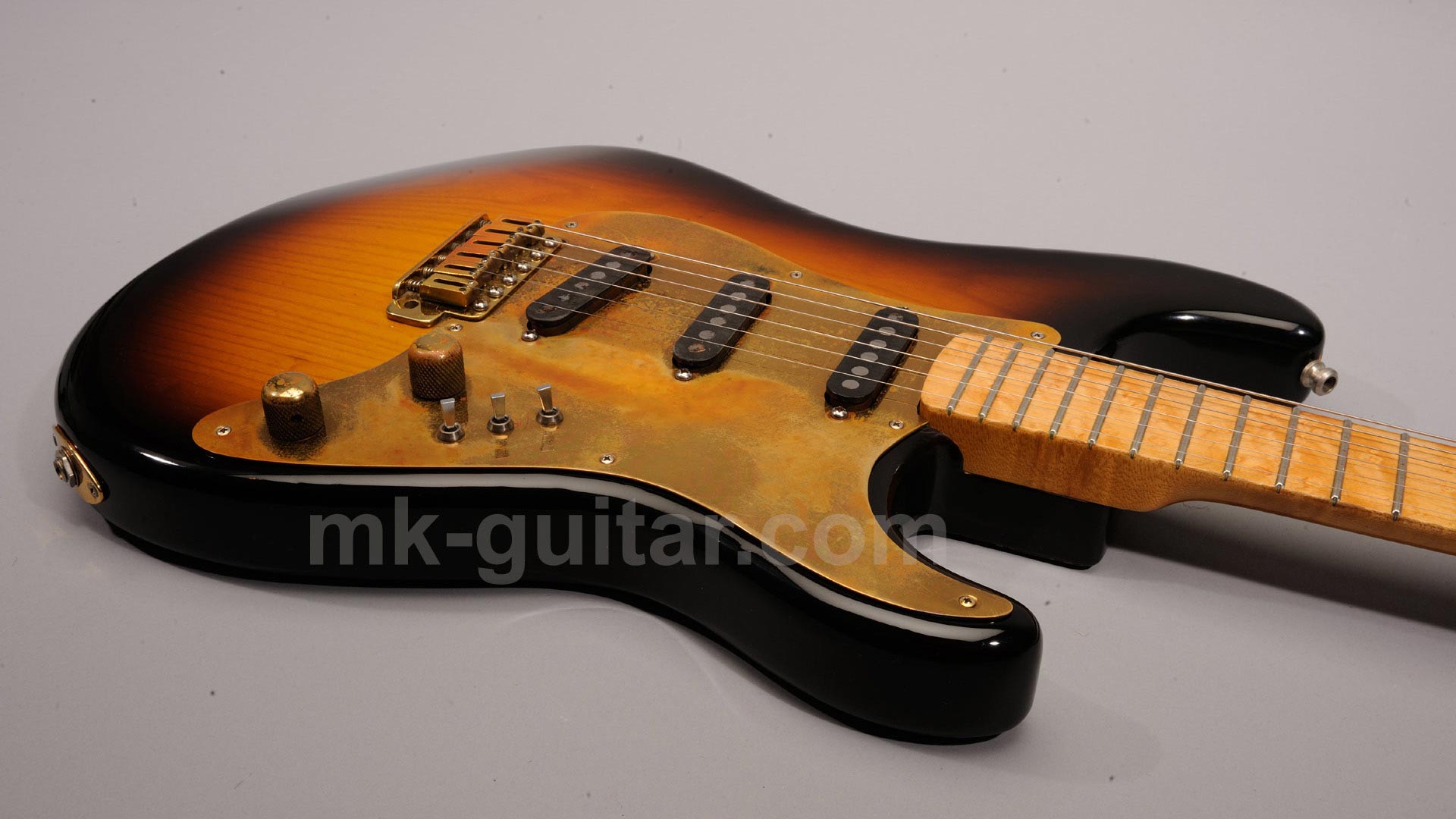
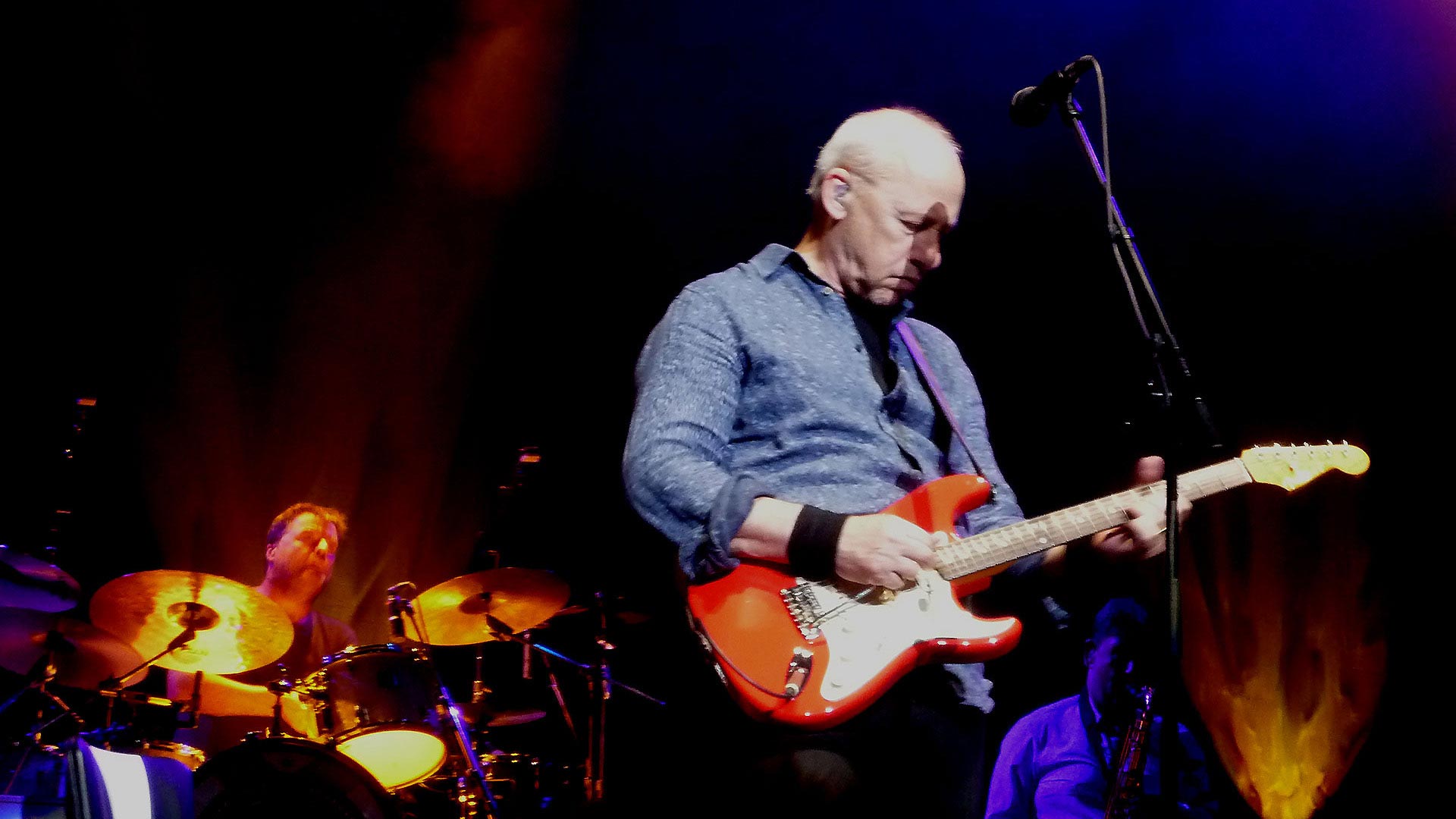
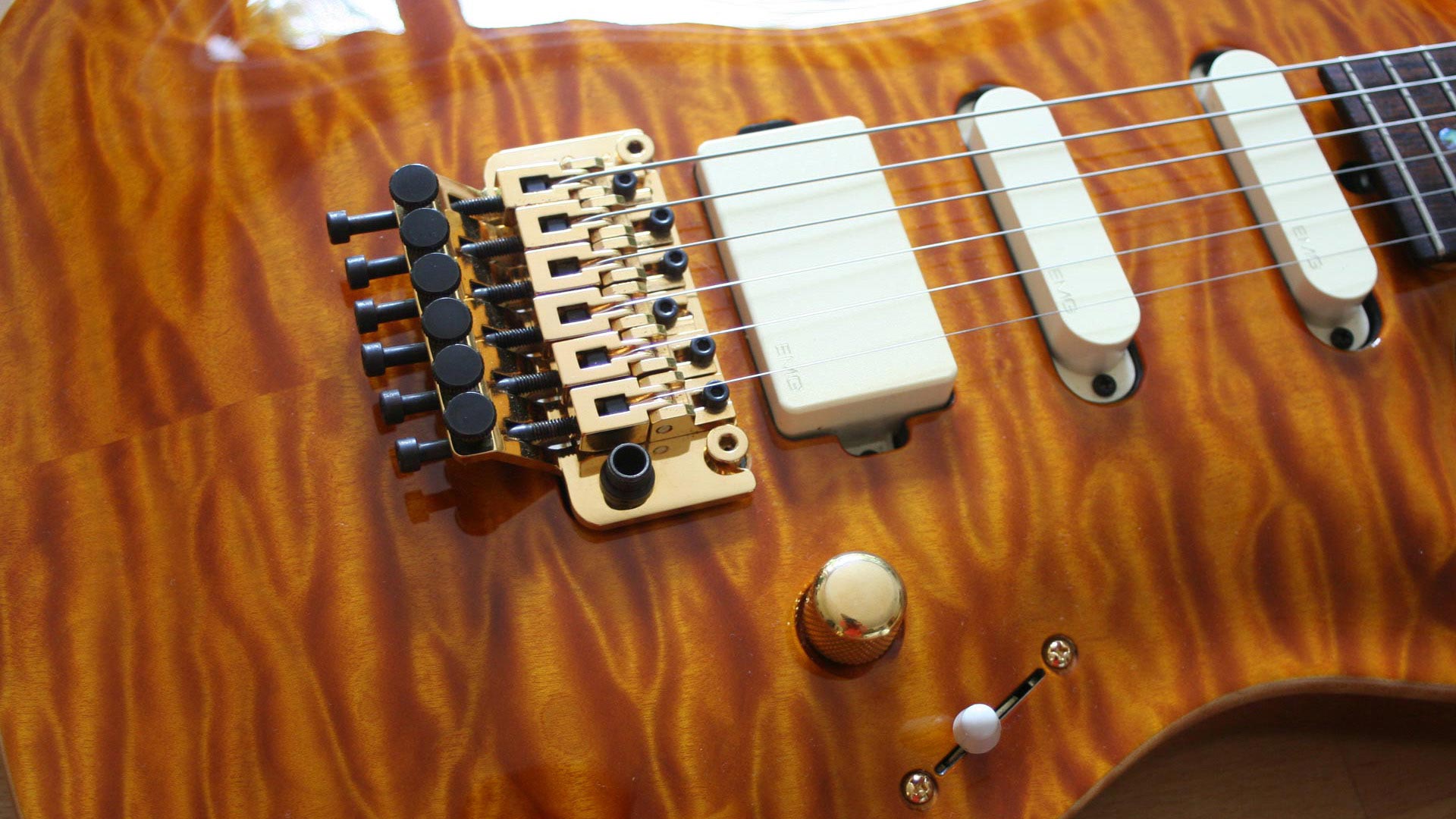
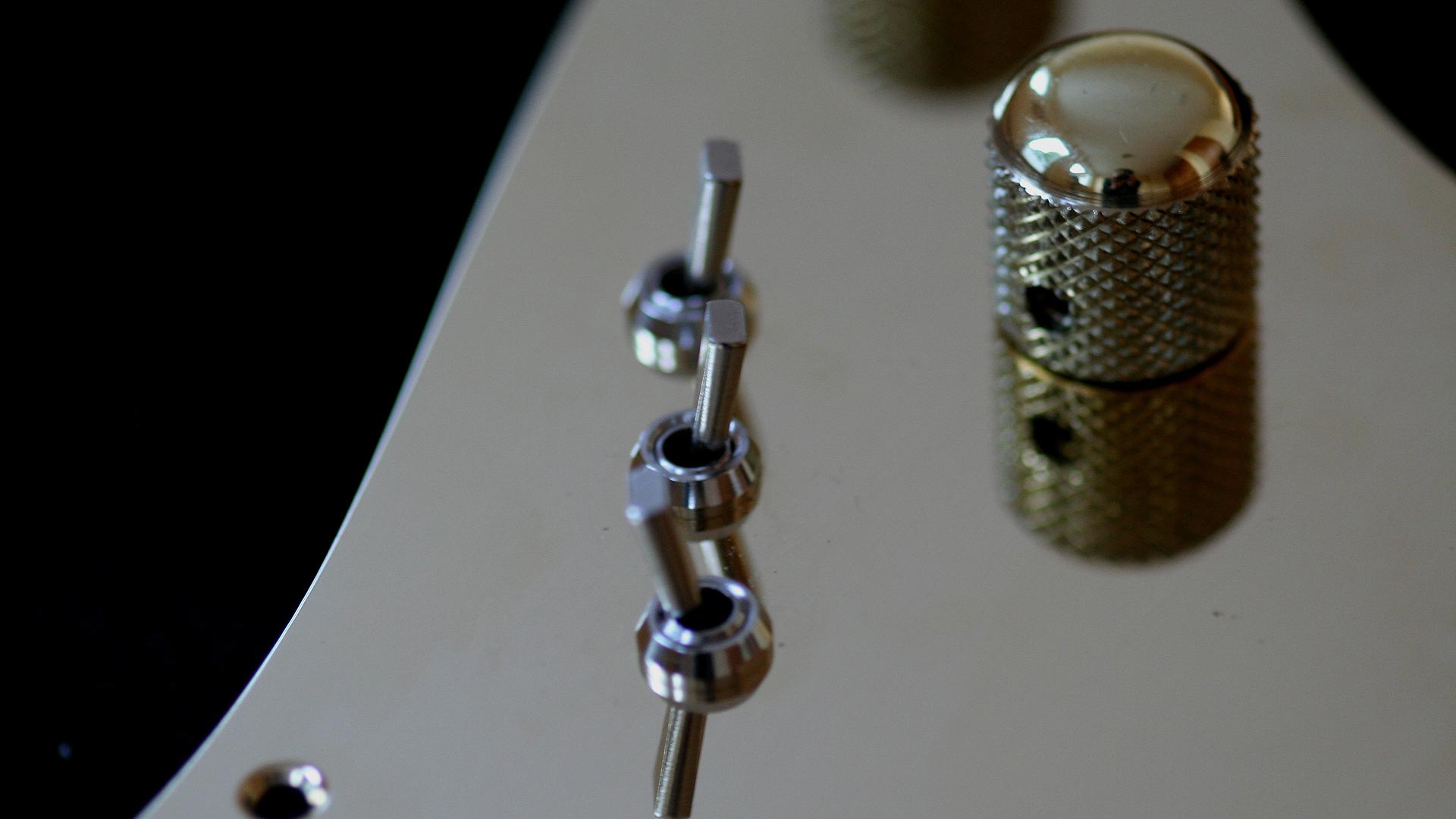
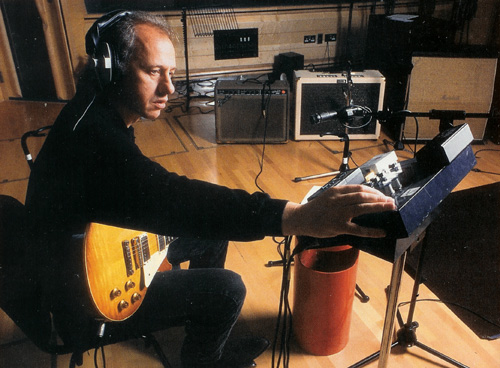
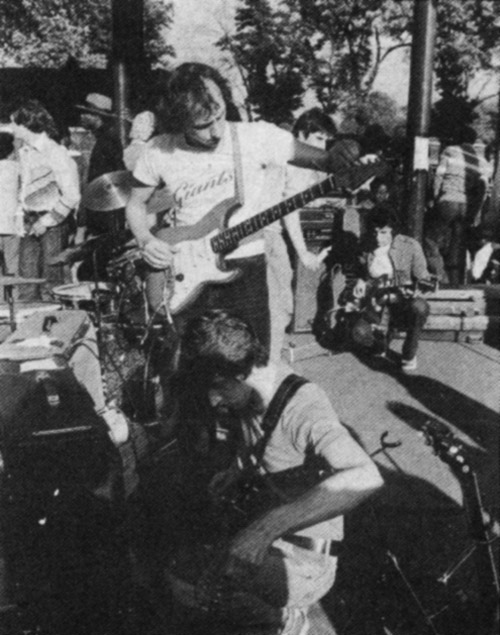
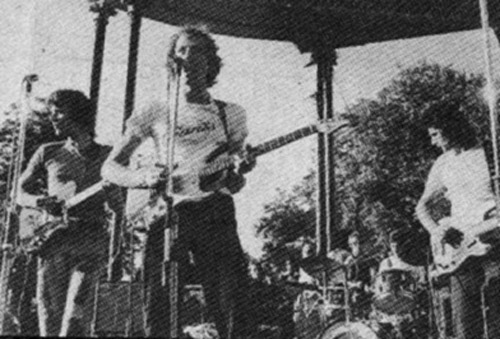
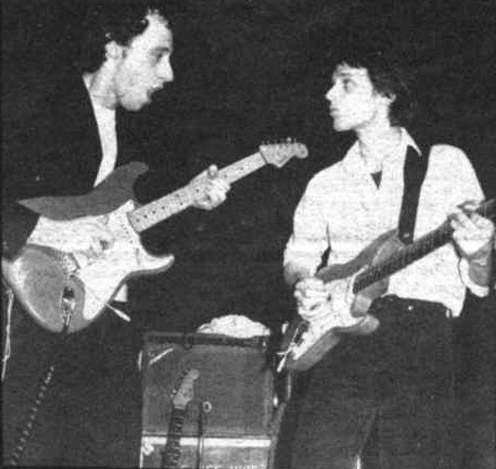
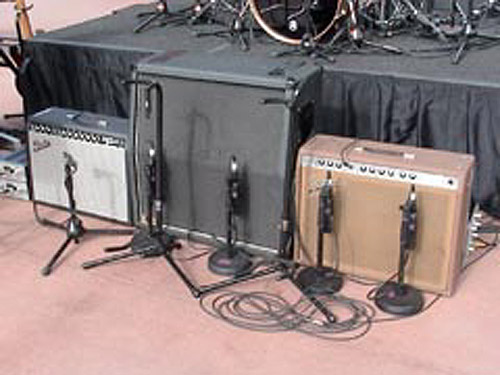
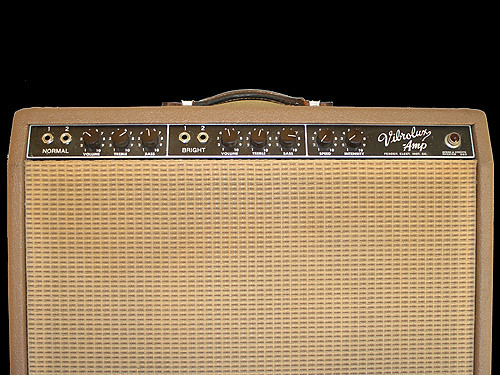
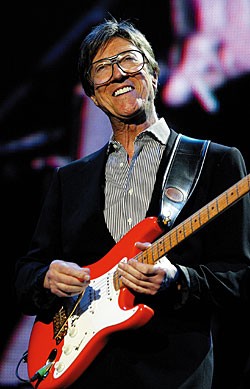
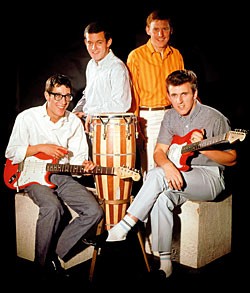
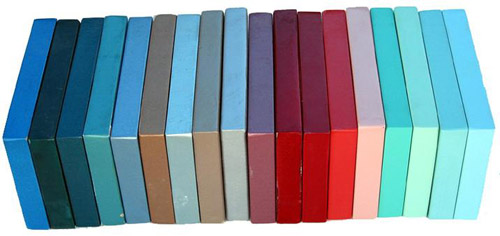
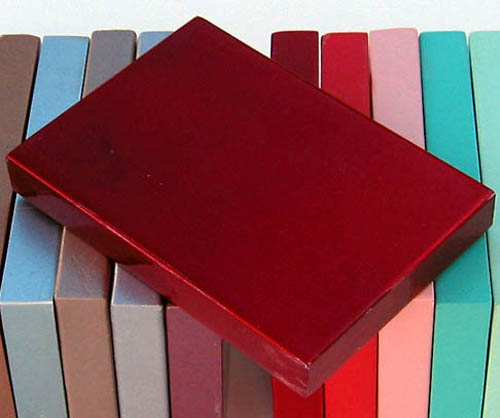
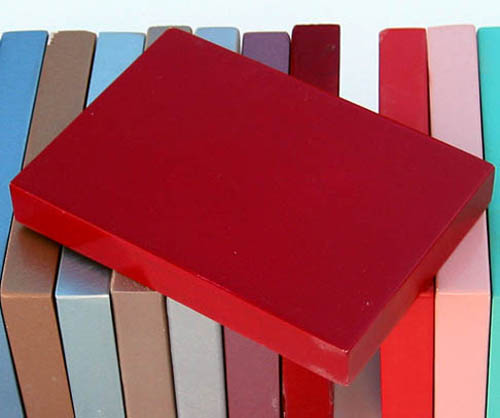
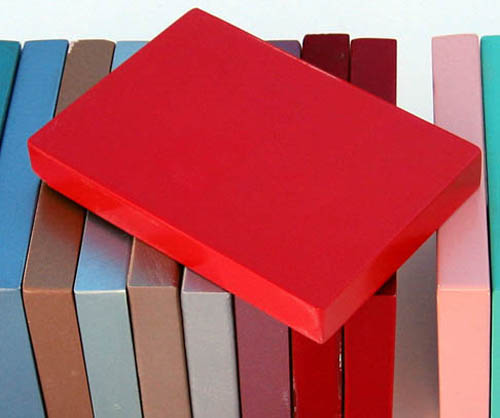
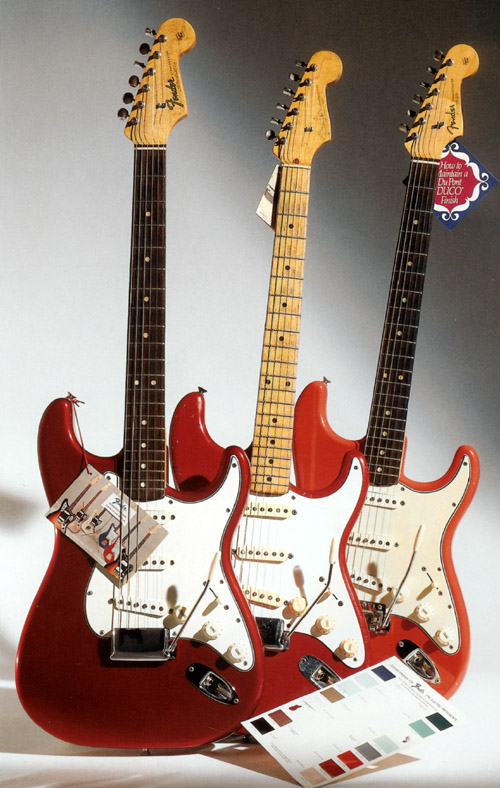
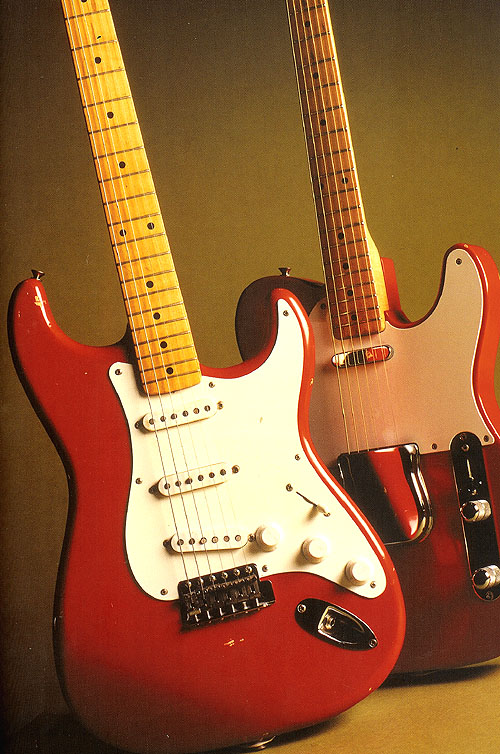
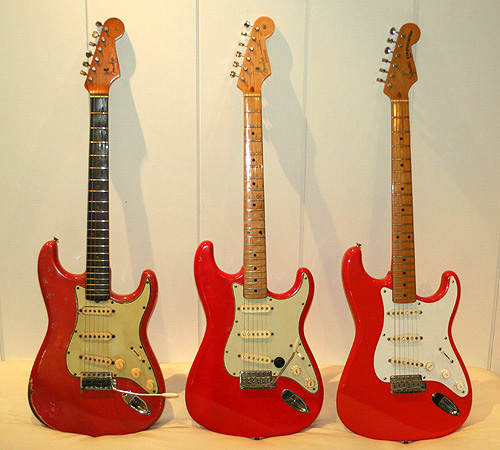
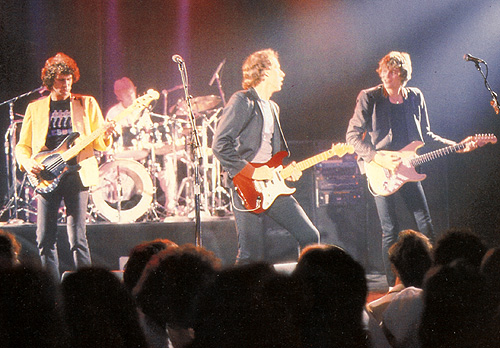
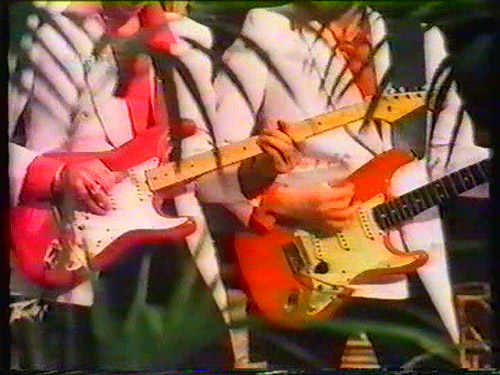
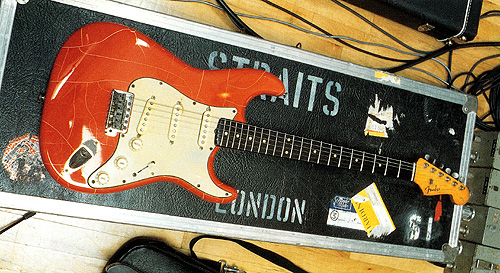
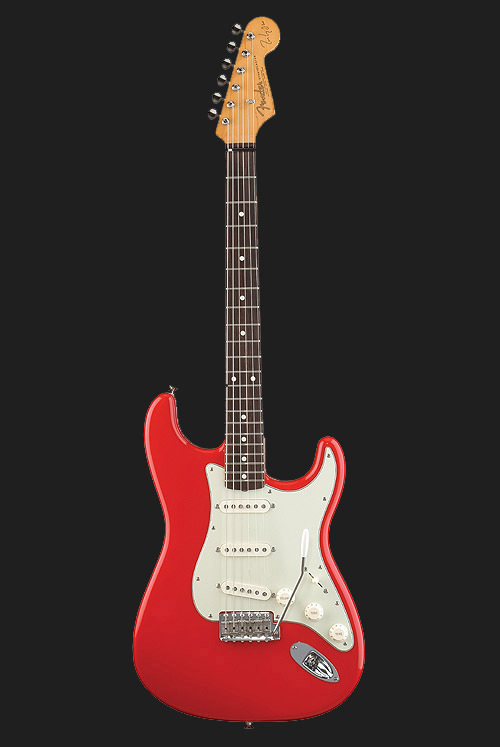
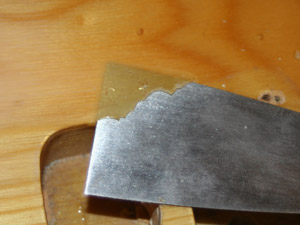
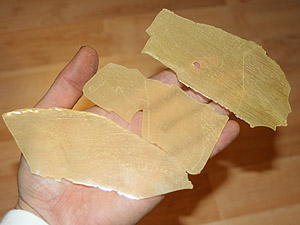
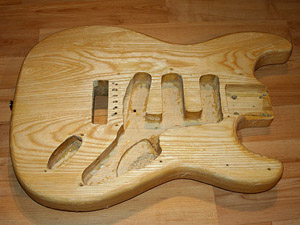
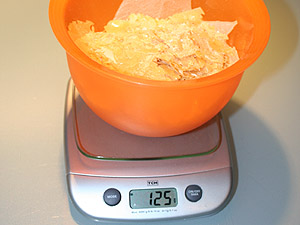
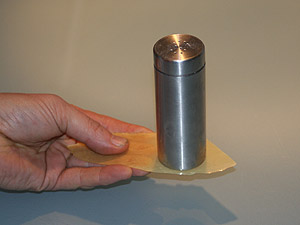
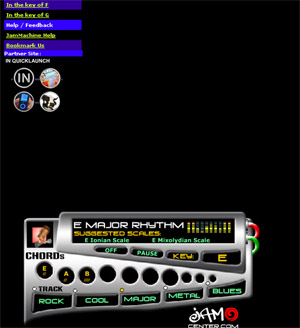 I recently surfed into a nice site called
I recently surfed into a nice site called 